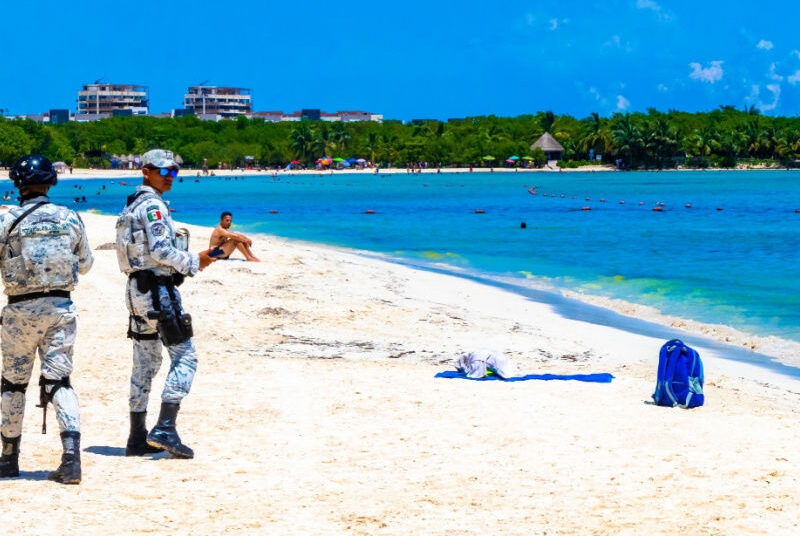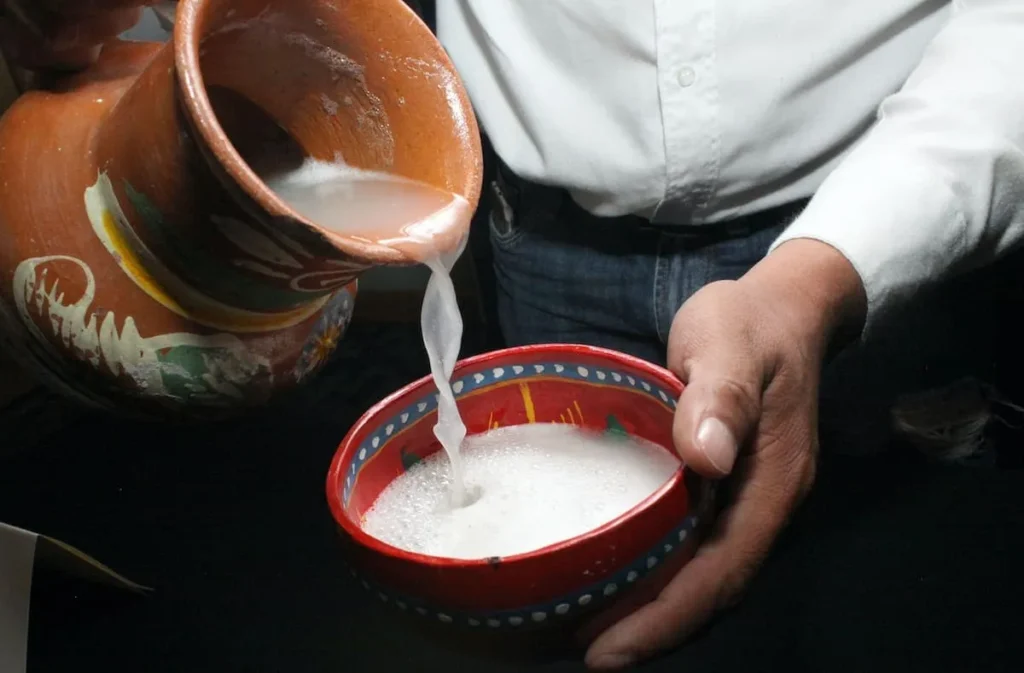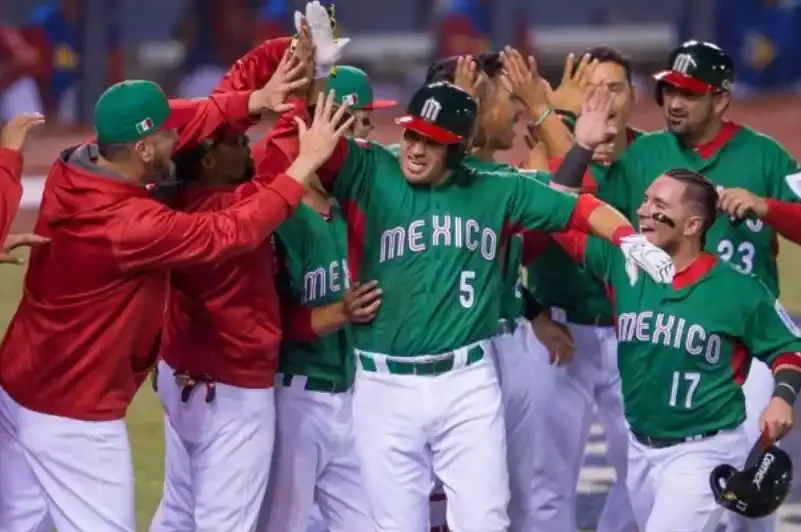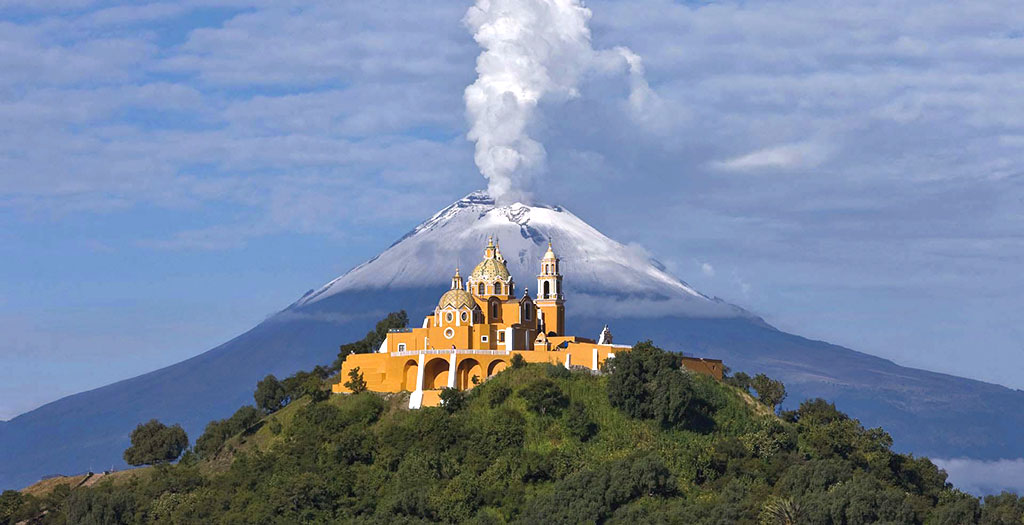Discover the Modern Marvel of Monterrey Stadium in Mexico
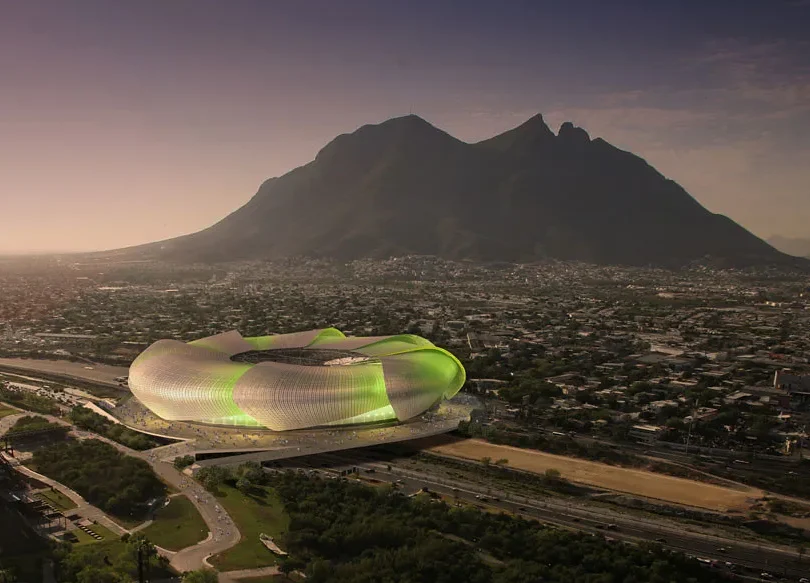
One of the most beautiful stadiums in Latin America, and perhaps the world, is the Monterrey Stadium in Mexico.
This stadium is a marvel of civil engineering, well-suited to the city, and harmonizes beautifully with the stunning views in Monterrey.
The Monterrey Stadium in Mexico will be one of the venues for the 2026 World Cup and is considered one of the most beautiful.
Just like the Monterrey Stadium in Mexico, there are many other beautiful places with stunning landscapes, as described in the following article: DISCOVER THE BEST PLACES TO VISIT IN MEXICO FOR AN UNFORGETTABLE VACATION
This stadium, currently known as the BBVA Stadium, will change its name during the 2026 World Cup to Monterrey Stadium for marketing reasons.
Meanwhile, the Akrón Stadium will be named Guadalajara Stadium, as FIFA requires venues to be free of brands not related to the organizers.
“It’s the same in the United States; there has been a lot of noise about BBVA and Akrón. The truth is that none of them will be called MetLife, Hard Rock, Gillette, or Levi’s Stadium.
All World Cup stadiums are free of commercial brands because they are operated by FIFA, including the commercial aspect,” said Alejandro Hütt, Host City Manager for Monterrey, in an interview with ESPN during SportBiz Latam 2024.
So, if it sounds strange to you that during the World Cup, the BBVA Stadium will be called Monterrey Stadium in Mexico, you should take note.
The company that owns BBVA Stadium has registered the name “Estadio de Futbol de Monterrey” with the Mexican Institute of Industrial Property, but it will not be used for the 2026 World Cup.
The Monterrey Stadium in Mexico, home of the Rayados, is located at Av. Pablo Livas 2011, Colonia La Pastora, C.P. 67140, in Guadalupe, Nuevo León, and the switchboard phone number is +52 (81) 8127-1500.

History of the Monterrey Stadium in Mexico
The Monterrey Stadium in Mexico is one of the most modern in the entire Liga MX. Known as the ‘Giant of Steel,’ it earned the right to be one of the venues for the 2026 World Cup.
However, it will host only three group stage matches and one round of 16 match.
To discuss the Monterrey Stadium in Mexico, we must look back at the local team, Rayados, which had concluded the late 2010s with a title and a great squad.
In this context, it was considered that the team deserved its own stadium. Until then, the Tecnológico Stadium, owned by the ITESM university, was rented to the club for official Liga MX matches.
Project Presentation
In 2010, the BBVA Stadium project was presented, and that same year, the construction was approved.
The Monterrey Stadium in Mexico would be a unique construction, featuring one of the most modern stadiums with a capacity for 53,500 people.
Thus, the procedures and construction began in the municipality of Guadalupe, at the foothills of the iconic Cerro de la Silla. The Cerro de la Silla is symbolic for the local team, and the BBVA Stadium was inaugurated on August 2, 2015.
This mega construction includes 324 suites, 2 restaurants, ATMs, and an official team store where you can buy official products, similar to the Rayados Store.
The First Match at Monterrey Stadium
The first official match was held on August 11, 2015, between Monterrey and Pachuca.
The first goal in an official match was scored by Argentine Ariel Nahuelpán, a player for Pachuca, and the first goal by a Rayados player was scored by another Argentine, Rogelio Funes Mori. The match ended 4-3 in favor of Monterrey.
It is estimated that 500 people from GP Construcción worked on this stadium to meet the deadline. It took 14 months to construct the most emblematic sports venue in Monterrey, and one of the most beautiful in the country.
Design and Architecture of Monterrey Stadium
The Monterrey Stadium in Mexico covers 106,265.44 square meters, with the following dimensions: exterior north height of 49 meters, height from north overhang to the field of 59 meters, overhang of the roof of 55 meters, length of the stadium (N-S) of 269 meters, width (E-W) of 227 meters, and exterior perimeter of the stadium of 814 meters.
The BBVA Stadium has an oval design specially created to provide a view of Monterrey’s city icon, “El Cerro de la Silla.”
The Cerro de la Silla is one of the largest mountains in the city and has been a regional icon easily recognizable to the people of Monterrey.
This construction involved completing 40,000 square meters of civil and masonry work, resulting in a cutting-edge structure.
The greatest construction challenge was the creation of the 70 elliptical tripods with siamese bases and conical trunks, made of exposed concrete on-site, which required nearly 2,000 castings.
Achieving the required precision was crucial to support the steel structure that covers the stadium.
Each column was uniquely designed with different inclinations and diameters, creating an oval shape that gradually increased in size.
This uniqueness in design translated into a series of complex challenges that required ingenious solutions and millimetric precision.

Civil Engineering Highlights of the Stadium
According to GP Construcción, the Monterrey Stadium in Mexico, also known as BBVA Bancomer Stadium, was built under LEED construction parameters, achieving LEED SILVER certification for actions such as:
- Strict dust emission control.
- Use of regional materials during construction that met quality and provenance certification.
- Waste management through companies specializing in environmental control.
- Equipment in optimal conditions to avoid leaks during operation.
The Firm in Charge of the Project
The firm Populous was responsible for designing, presenting, and guiding the construction of the project.
Populous is an architectural firm specializing in the design of sports facilities and convention centers.
Among its most important projects are notable facilities such as the new Yankee Stadium in New York; the Emirates Stadium, the new Wembley Stadium, and the O2 Arena in London; the Estádio da Luz in Lisbon; Audi Field in Washington, D.C.; and Stadium Australia in Sydney.
They also oversaw the renovation of Soccer City Stadium in Johannesburg for the 2010 FIFA World Cup. They are masters of sports architecture worldwide.
Additionally, they collaborated with a national firm and architect Federico Velasco, which is why the “Giant of Steel” stands out for its modern and functional design.
Inside the stadium, more than 900 screens and 37 concessions offering a wide variety of food and beverages provide an unparalleled experience for spectators, while two giant LED technology screens and a BOSE audio system enhance every event.
Ownership and Management of Monterrey Stadium in Mexico
As mentioned before, for marketing reasons, the name BBVA, one of the largest banks in Spanish-speaking America, cannot appear, despite their sponsorship agreement with the stadium’s owners.
The owners of the Monterrey team, Rayados, are Fomento Económico Mexicano (FEMSA), who financed the construction of the facility and, therefore, own the stadium.
The Mexican company spent a total of $200 million to build the Monterrey Stadium in Mexico.


